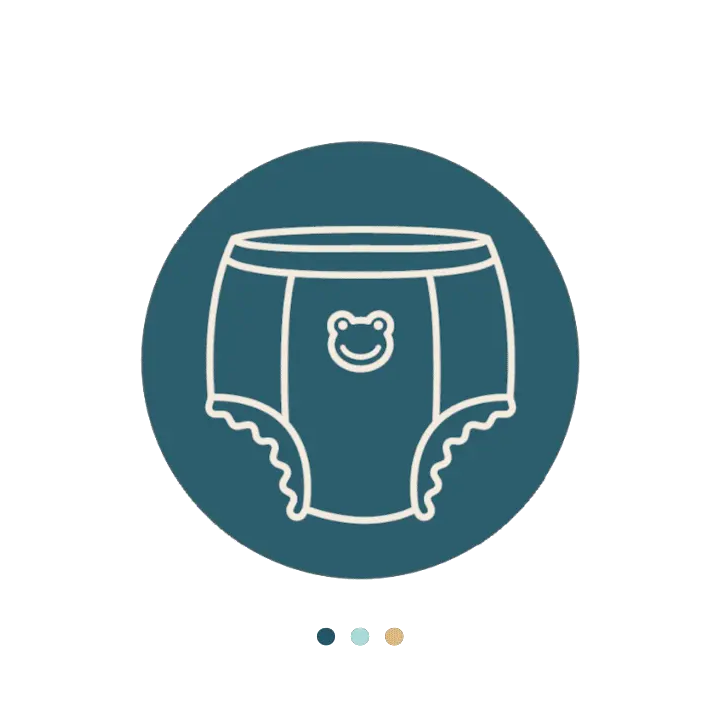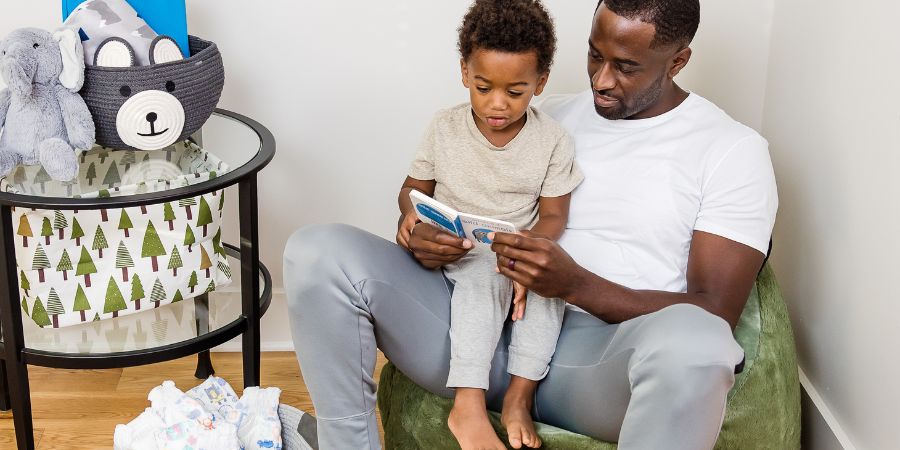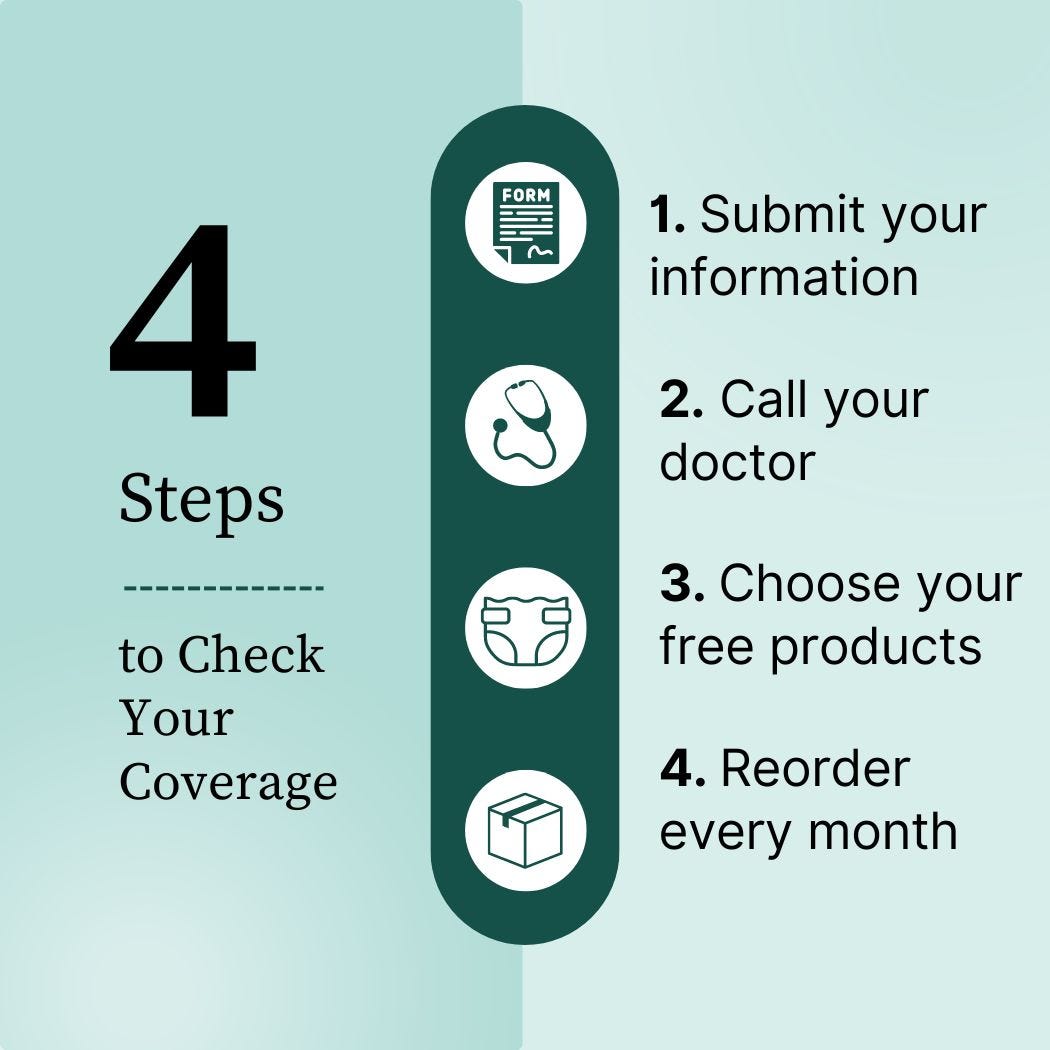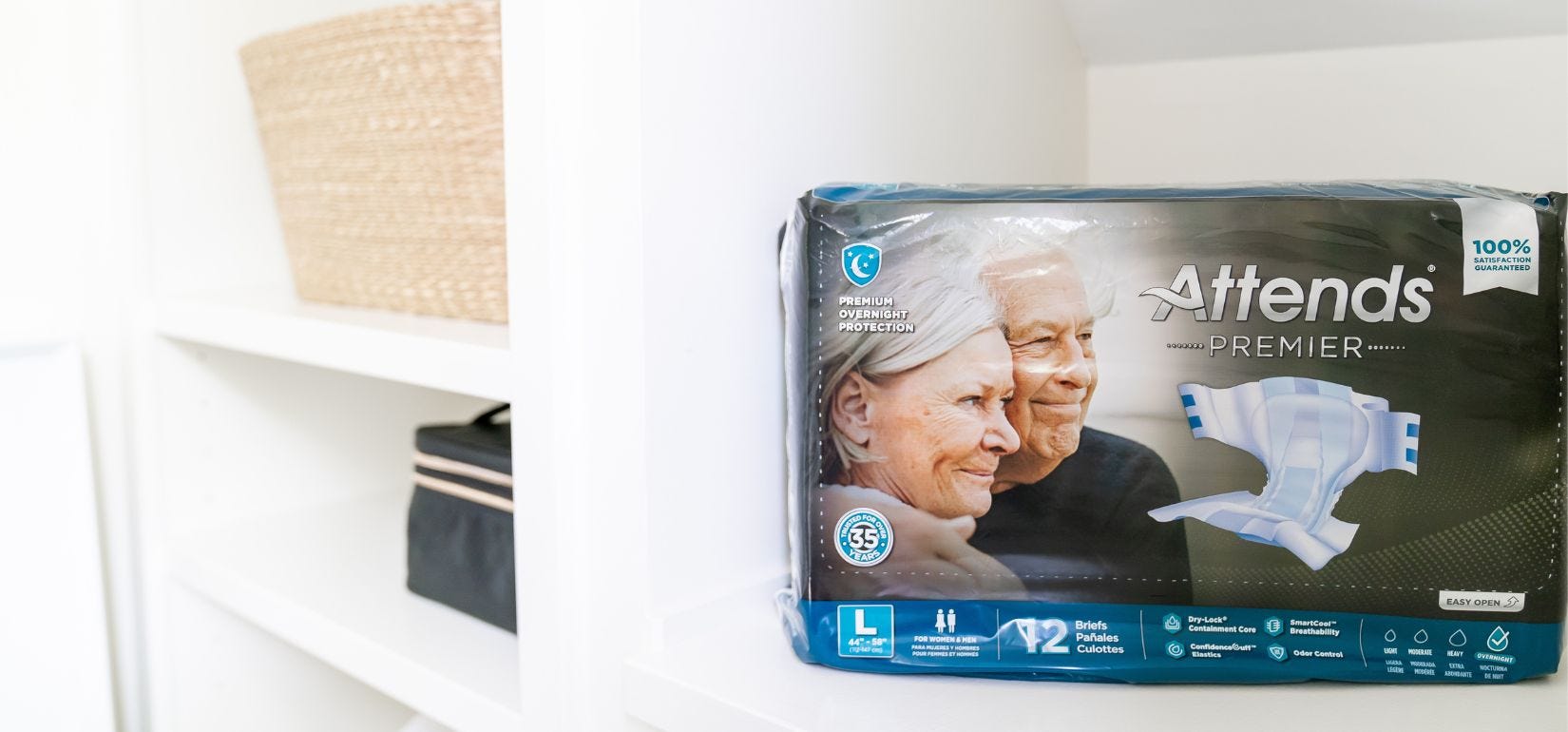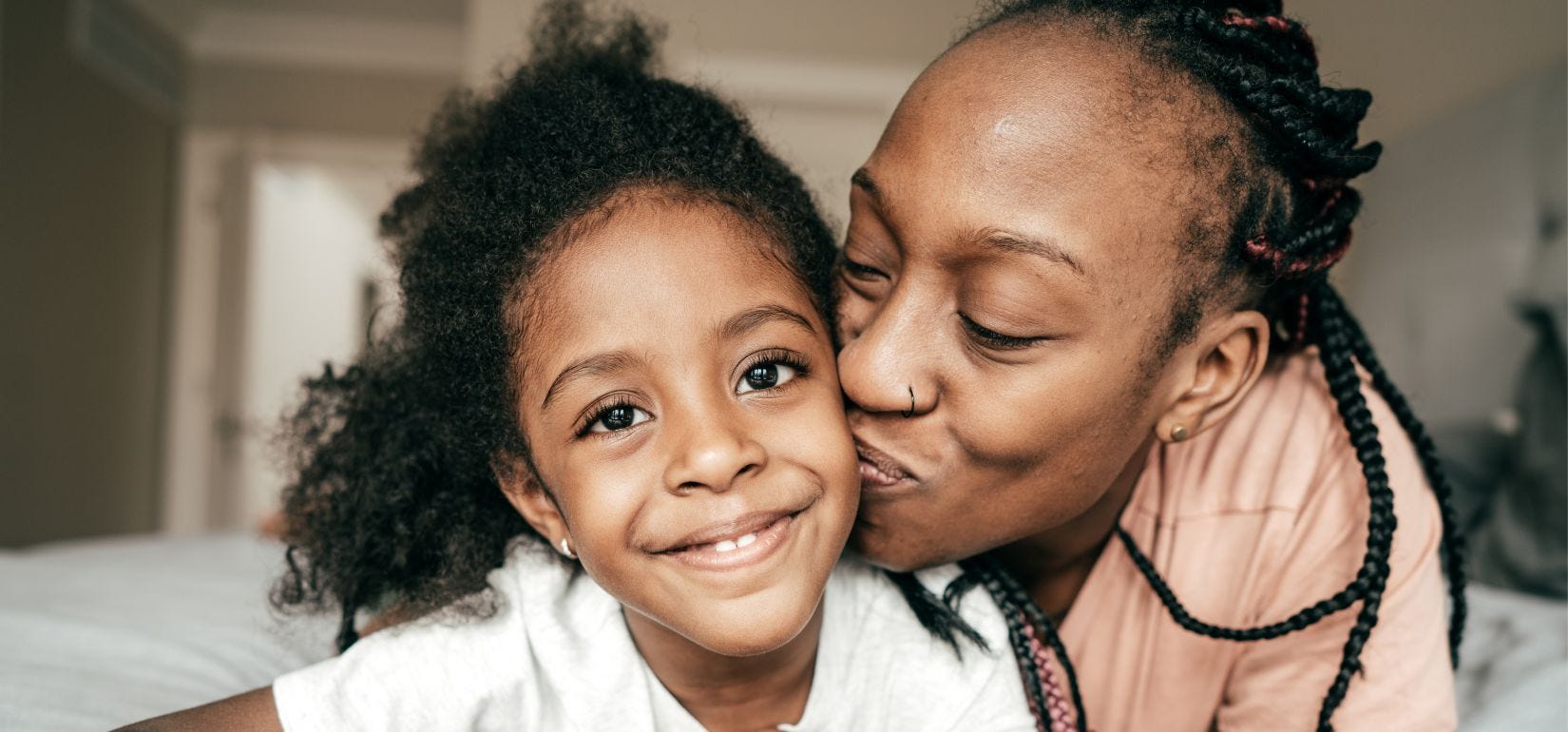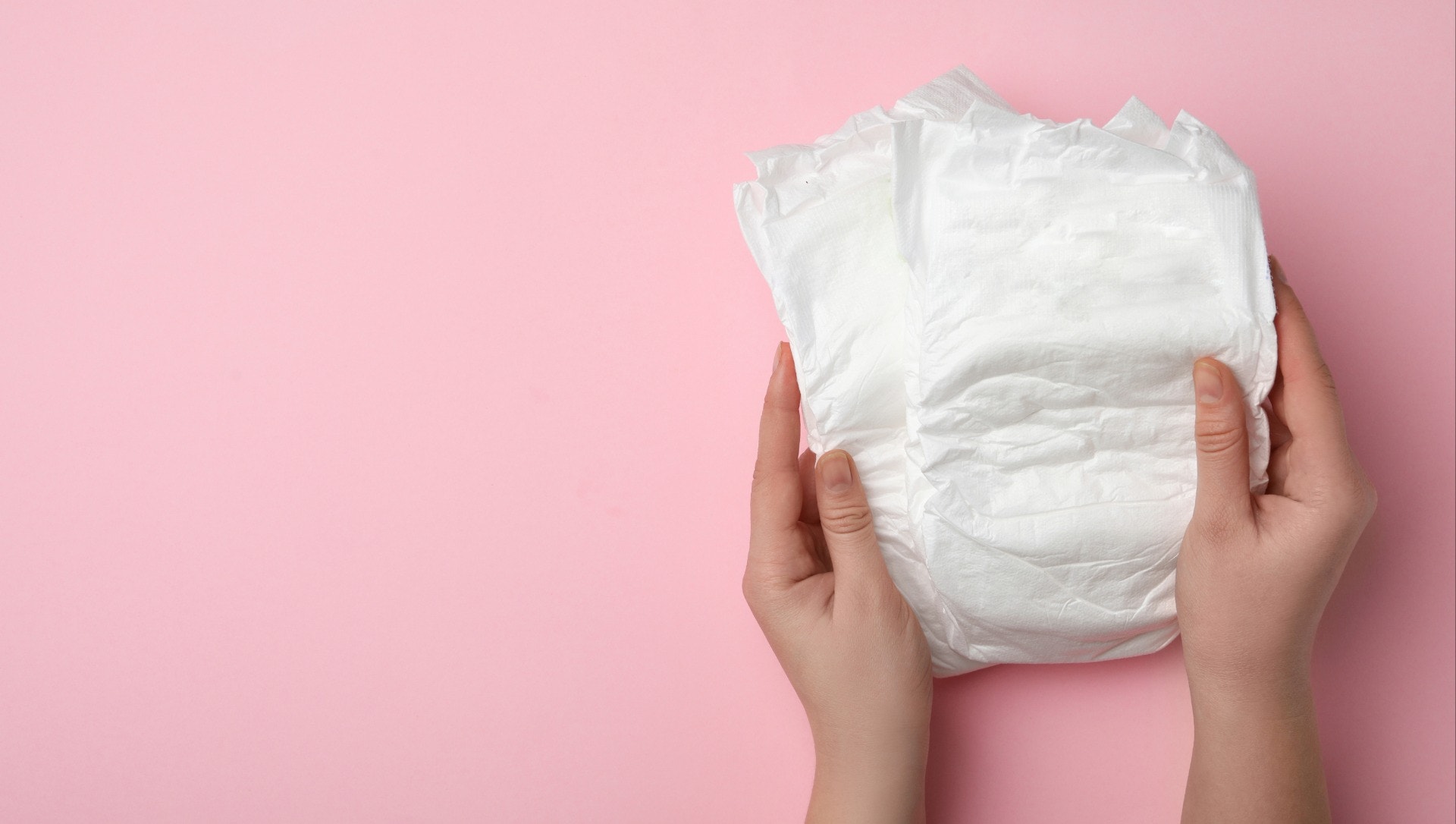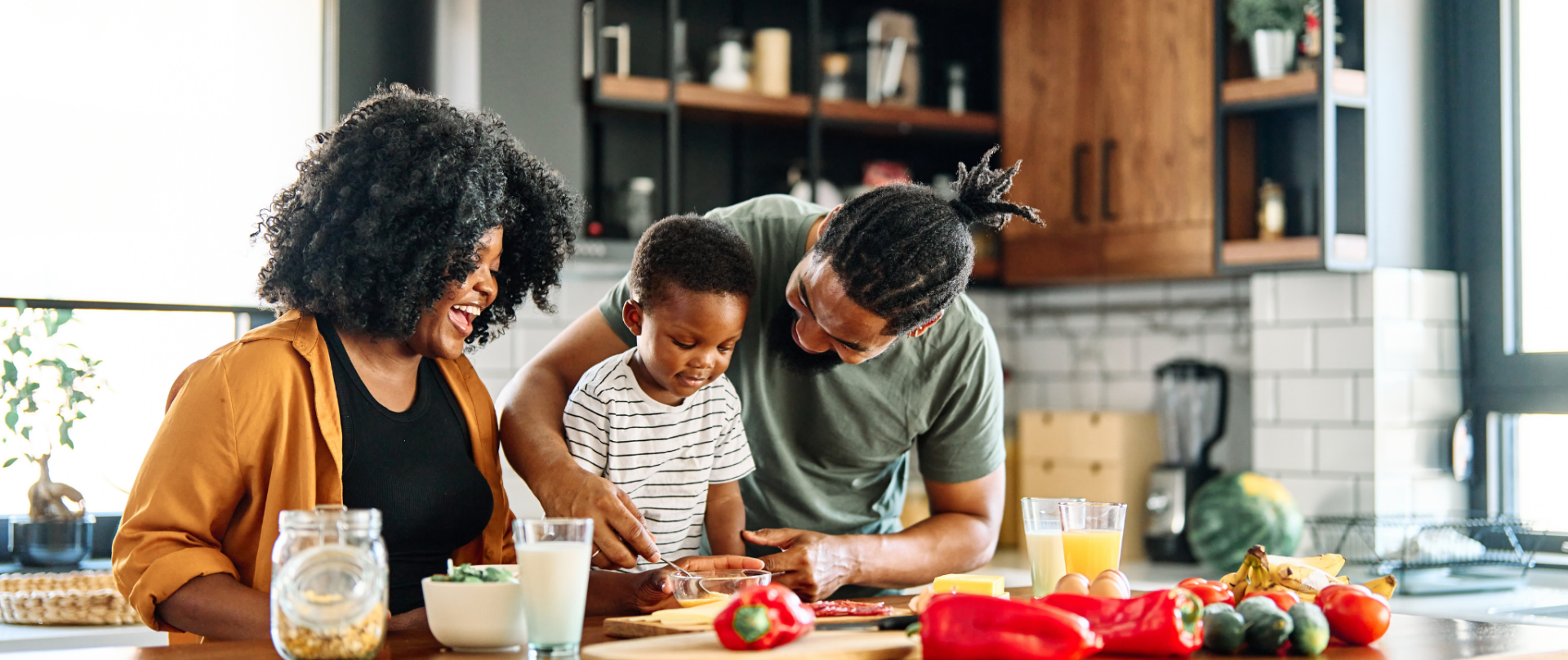Key Takeaways:
- Standard urotherapy consists of behavioral and lifestyle changes, such as a consistent bathroom schedule and avoiding bladder irritants, which can help many children regain bladder control without medication.
- While nearly half of children with overactive bladder achieve bladder control with urotherapy alone, according to a new study, others may require medication to manage their symptoms fully.
- Research suggests starting with urotherapy and only introducing medication if needed is the best way to treat daytime incontinence in children.
Daytime urinary incontinence— leaking urine and using the bathroom more frequently than normal— can be a challenging condition for parents and their kids to manage.
If your loved one struggles with frequent accidents during the day, you may be wondering what treatment options are available to help improve their symptoms.
A recent study comparing urotherapy treatment to a combination of urotherapy and medication suggests that the best approach to treating daytime incontinence in children with overactive bladder may be urotherapy alone— making simple lifestyle changes to your child's daily routines.
What Are the Signs & Symptoms of Daytime Incontinence?
Lower urinary tract dysfunction (LUTD) is a term that relates to bladder function. Daytime incontinence is a lower urinary tract symptom, and different types of daytime incontinence can present differently.
- Urge incontinence / overactive bladder (OAB): Feeling the sudden and intense urge to urinate, often resulting in urinary leakage, using the bathroom more frequently than usual.
- Dysfunctional voiding: Failure to relax the sphincter while emptying the bladder, dripping urine after emptying the bladder (micturition), constipation, and enuresis (bedwetting).
- Stress incontinence: Leaking urine when coughing, sneezing, or during physical activity.
If your child experiences any of these symptoms, they may have daytime urinary incontinence.
What Is Standard Urotherapy?
Standard urotherapy is the first-line treatment for children with urinary incontinence (the accidental loss of urine).
Urotherapy is a non-invasive approach to treatment that normalizes bladder emptying habits and focuses on improving bladder habits through lifestyle and behavioral modifications. It also places a heavy focus on educating family members and the child experiencing incontinence about incontinence and new practices for improving symptoms.
Lifestyle changes involved in urotherapy include:
- Establishing a regular bathroom schedule.
- Bladder training.
- Encouraging proper hydration.
- Teaching proper posture and relaxation techniques for urination.
- Avoiding bladder irritants, such as caffeine, spicy foods, tomato-based products, or artificial sweeteners.
- Follow-ups with pediatric healthcare professionals.
- Using a bladder diary.
- Addressing and managing underlying conditions that may cause incontinence, such as urinary tract infections (UTIs) and constipation, which can impact bladder function.
You can start urotherapy by visiting your child's healthcare provider, such as a psychologist, physiotherapist, or pediatric urologist. Finding the right healthcare professional to address your loved one's incontinence is essential because sometimes, their symptoms can be caused by a combination of physical and social / emotional challenges.
When Is Medication Needed?
While standard urotherapy is often successful, some children may still struggle with incontinence despite following all the recommended strategies.
In these cases, healthcare providers may introduce medication treatment to help manage symptoms. Your child's provider may prescribe medications like anticholinergics or beta-3 agonists, which relax the bladder muscles and reduce urgency and frequency.
Check your coverage for 100% free incontinence products now!
Check your coverage for 100% free incontinence products now!
What the Research Says
A recent study published in The Journal of Pediatric Urology examined children with OAB and daytime incontinence who underwent standard urotherapy. Researchers compared those who became continent with urotherapy alone to those who required a combination of urotherapy and medication.
The study found that 47% of children achieved continence with behavioral interventions, including the use of a bladder diary. It also found that 53% of children needed medication to manage their symptoms fully.
The study highlights the importance of a stepwise approach—starting with urotherapy and progressing to medication only if necessary—to ensure children receive the least invasive yet most effective treatment.
How to Get Started With Treatment
If your child is experiencing daytime urinary incontinence, it's essential to consult a pediatrician or pediatric urologist to determine the best treatment approach.
After consulting your child's healthcare provider, you can:
- Start with standard urotherapy: Implement the behavioral strategies mentioned above or given by your child's provider and monitor their progress.
- Help your child keep a bladder diary: Track your child's bathroom habits, fluid intake, and accidents to help identify patterns. Involving your loved one in the bladder diary can also help motivate them by allowing them to see their progress. Download a bladder diary for your child!
- Make follow-up appointments: Keep your child's provider in the loop with progress or setbacks, making follow-up visits for further advice. If your child's incontinence persists, a healthcare provider can assess whether medication may be necessary.
- Consider medical supplies: If your child needs extra protection while working toward full bladder control, products like pediatric pull-ups or diapers can help manage accidents during the day or night.
At Aeroflow Urology, we understand parents' challenges when managing their child's incontinence. Our team can help determine if your child qualifies for free incontinence supplies through insurance, making accessing the products they need while undergoing treatment easier.
Check your child's coverage for free incontinence supplies today!
References
Morizawa, Y., Mieda, K., Tachibana, A., Tomizawa, M., Onishi, K., Hori, S., Gotoh, D., Nakai, Y., Miyake, M., Torimoto, K., Aoki, K., & Fujimoto, K. (2025). Characteristics of Children Successfully Treated for Daytime Urinary Incontinence. International Journal of Urology : Official Journal of the Japanese Urological Association, 10.1111/iju.70020. https://doi.org/10.1111/iju.70020
Book, U. (2022). Urotherapy Book. Espu.org. https://www.espu.org/e-books/Urotherapy_book/
Disclaimer
Information provided on the Aeroflow Urology blog is not intended as a substitute for medical advice or care from a healthcare professional. Aeroflow recommends consulting your healthcare provider if you are experiencing medical issues relating to incontinence.


